Our region is rich with wonderful experiences, from ancient Indigenous and colonial history to contemporary arts and cultural attractions.
Immerse yourself in Federation history as you uncover the stories behind 25 historic sites and landmarks across Corowa – the ‘Birthplace of Federation’.
Corowa History Trail brochure (PDF, 6.69 MB)
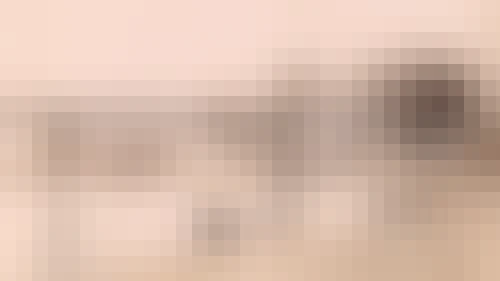
The John Foord Bridge is an iron lace bridge named after one of Wahgunyah and Corowa’s pioneer founders.
John Foord operated the original punt across the Murray River from Wahgunyah to North Wahgunyah later renamed Corowa and was instrumental in building the first river crossing bridge for Corowa Wahgunyah. The original piles to the privately owned wooden toll bridge are still visible from the bank in Rowers Park.
The current steel bridge was completed in 1892 to replace the toll bridge.
During the Peoples Conference of 1893 the bridge and the long delays for crossing the bridge were cited as a clear example of why Australia needed to become a Federation.
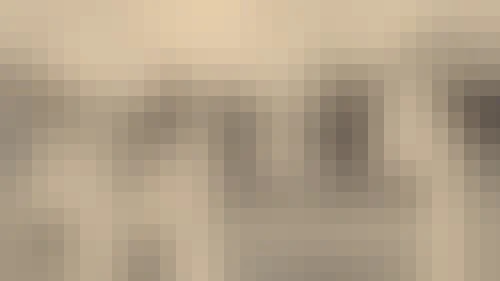
Now relocated at the entrance to Ball Park Caravan Park, this water fountain was originally donated by Mayor A.A. Piggin in 1907 to commemorate the opening of Corowa’s town water supply.
The Fountain was originally on the corner of Sanger and Mary Streets before being moved to where the War Memorial is now situated.
It was moved again to the front of the old Council Chambers on the corner of Bow Street and Honour Avenue before being relocated to Ball Park in 1922.

Originally built as a hotel, but never used as such, it was a Bank of New South Wales branch from 1875–1938.
During the ‘crisis’ caused by rumours that the Kelly Gang could be crossing the Murray River via the John Foord Bridge, holes were cut in the stable loft of the bank so that Bridge Road could be watched and gunfire could be directed along the road if necessary. The Kelly Gang never arrived.
The building was purchased in 1938 by Mr Easdown, an accountant, who used it as his office and residence until his death and is now fondly known as Easdown House by locals.
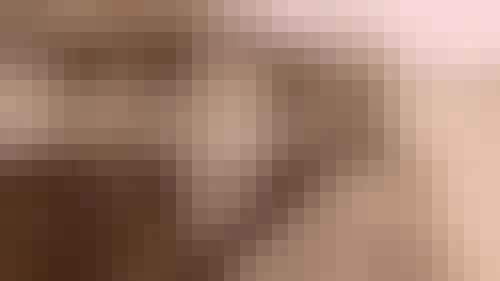
The Globe Hotel was originally built as the Bridge Inn around 1860. Its name was changed after the original canvas and timber building was consumed by fire.
Towards the end of the 19th century, Mrs Mary Chenhall expanded the hotel into a huge building that also housed stables and shops. In her 1905 obituary she was hailed as one of Corowa’s outstanding businesspeople.
The hotel’s balcony (removed in the 1960s) was the venue for the evening banquet on Monday 31 July 1893, for 180 delegates and politicians attending the Corowa Federation Conference.
During World War II in 1942, the hotel was temporarily taken over by the Air Force as were many other local businesses.

This was the original home of the Corowa Free Press. The first edition of the Corowa Free Press was published on 8 October 1875. The Corowa Free Press operated from this site until 1911 when it relocated to larger premises.
Although the building itself has been demolished, the original street facade has been left in place as a tribute to Corowa's History. Parts of the Statue that stood top the building can now be seen at the Federation Museum, Queen St Corowa.
Located in front of the building is the Federation Story History Boards, a time line of Australian history and details of Corowa's role in the Federation of Australia.

The Corowa Memorial Hall building was originally the Corowa School of Arts built in 1873, then the Literary Institute in 1898, Facade in 1914 and Memorial Hall in 1966.
Although the original facade has changed with shops now fronting the street, the original hall is still standing, including the band practice area that was added upstairs. The Literary Institute was the venue for the Celebratory Federation Banquet after Australia was proclaimed a Federation in 1900 with Australia’s first Prime Minister Edmund Barton in attendance.
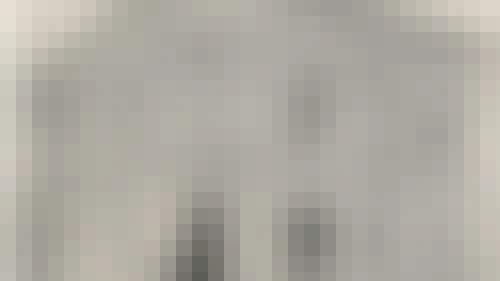
Previously the site of the Commercial Hotel and then a blacksmith, this building was then rebuilt for the Commercial Bank of Sydney in 1901.
The National Australia Bank opened its first Corowa branch in 1910 next to the Globe Hotel and then relocated to this site after the Commercial Bank of Sydney moved in 1912.
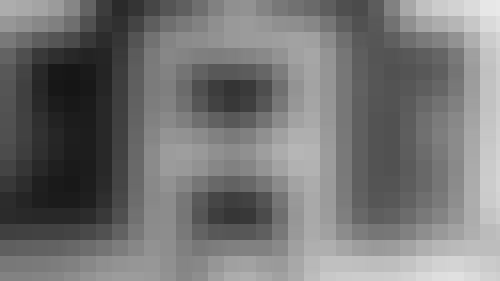
In 1880 the Rural Bank of NSW was the second bank to be established in Corowa in a leased premises across the road next to Mr Harvey’s watch-making shop between the Literary Institute and Church Street.
This building was constructed in in 1936 as the new premises of the Rural Bank of NSW.
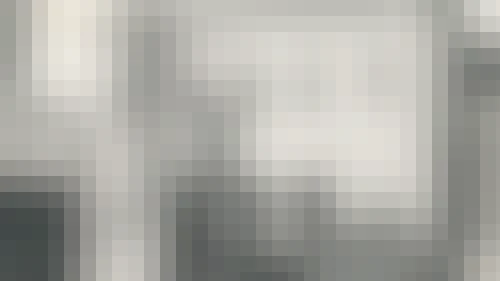
Australia Post Corowa Office opened in 1881 and was a postal and telegraph office. However the first telegraph from Corowa was sent in 1873 and the first telephone call from Wodonga to Wahgunyah occurred in 1878. Renovations preserving the original facade and removing the original tower were completed in the 1920s.
In 1913 Corowa’s first powerhouse was built behind the post office, at a cost of $415, to provide electricity to consumers and street lighting. The lighting was turned off at 11.30pm, except for Sundays when it was turned off at 10.00pm.
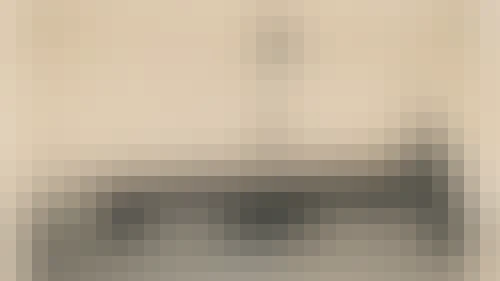
Arnot and Guy Leslie (former owners of the Corowa Free Press) started ‘Austral Pictures’ in 1915, with an open-air theatre located at the current Shell Service Station site on Sanger St, Corowa.
The Rex Movie Theatre opened in 1936 and closed in 1964. The interior decor is largely original and a tribute to the stunning architecture of the 1930s.
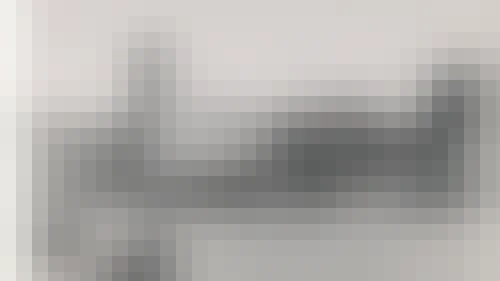
The Corowa Soldiers Memorial with its clock tower was unveiled in 1922.
An avenue of trees was planted at this time, along what was called Albury Road, then renamed Honour Avenue.
In World War I, 187 Corowa residents lost their lives during the war, while WWII saw 22 locals pay the supreme sacrifice.
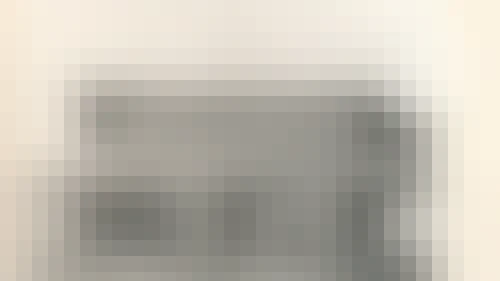
Built in 1888 on land adjacent to the original sale-yards close by the Corowa railway line.
The original horse water trough and hitching post are still in front of the pub.
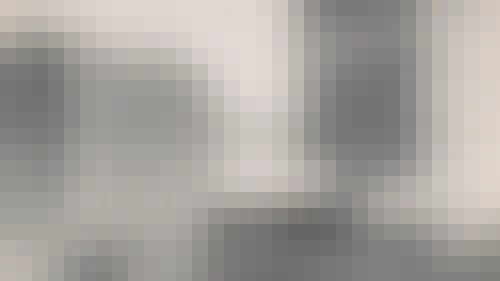
The Corowa Flour Mill was built in 1921 after the Netherby Flour Mill in Albury Road burned down. The Corowa Flour mill closed down in 1970 after experiencing economic hardship.
Following forty years of neglect, it was purchased from Federation Council for the pricey sum of $1.00 on the agreement that it would be turned into a tourist attraction.
It is now the popular Corowa Whisky and Chocolate.
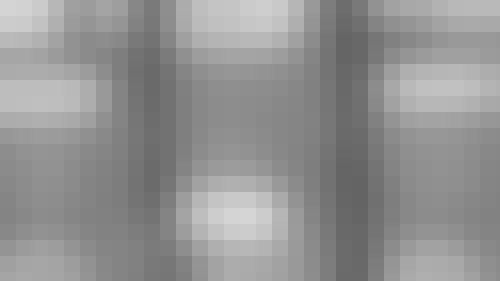
The Federation Museum was originally built as a hall for the Border Brass Band in 1915.
The band was established in 1874 but as many groups and businesses did at the time, they vacated the building during the Great Depression.
During World War II it was taken over by the Air Force and subsequently became a clothing factory and then a woolskin storage facility.
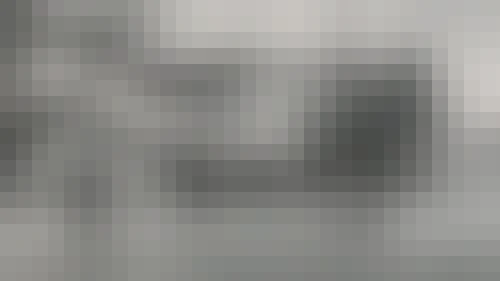
The middle original section of the Corowa Court House building opened in 1888, with the side additions being completed in 1890 along with the adjoining police barracks.
The Corowa Police Station is still standing and being used by the NSW Police Force.
On July 31 and August 1 1893 the official proceedings of the Federation Conference were held in this Court House. It is still functioning as a courthouse today.
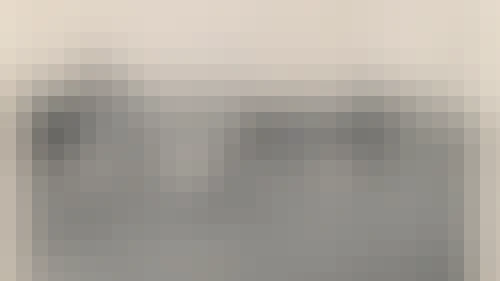
The Corowa Hospital opened in 1893 after the Corowa Free Press started advocating for a hospital in 1878. Funds were raised from many sources including the Border Brass Band’s Hospital Sunday concerts.
Since then it has been greatly expanded. Part of the original hospital can still be seen and is still being used by the hospital.

The original weatherboard building that was the Corowa Private Hospital was opened in 1901 by Ms Farquharson. This building was later relocated to the outskirts of Corowa.
Originally located alongside ‘Braeside’ the home of James Leslie, former owner and founder of the Corowa Free Press.
The building is now a private residence.

The Culcairn to Corowa railway line opened in 1892 and provided transportation and supplies until it ceased operating in 1988.
The end of the line turntable is more than 15 metres in diameter and can still be seen within the parkland that now surrounds the Old Corowa Railway Station.
The Station Master’s residence is still standing and is used by local community groups.
The old train tracks have been converted into a walking and cycle path that heads out past the Corowa Whisky and Chocolate.
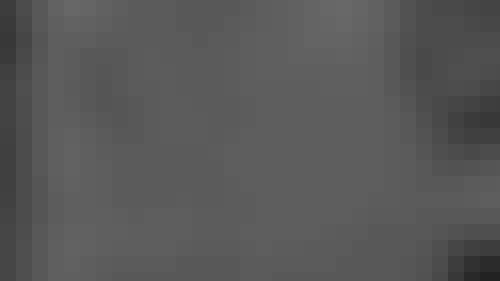
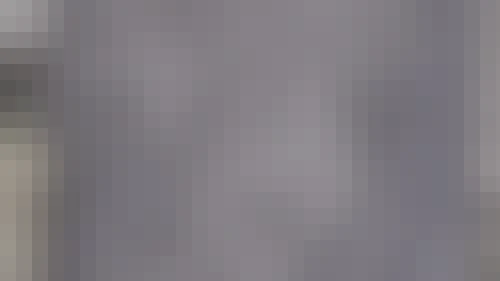
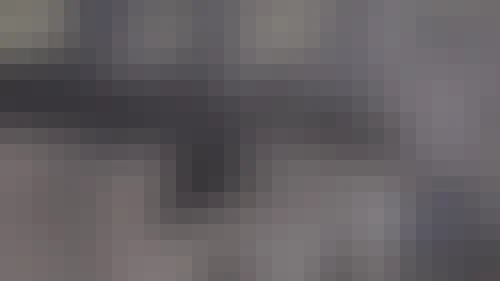
The oldest found headstone is dated 1859 – when Andrew Hume, nephew of explorer Hamilton Hume of Hume and Hovell fame, was interred here.
A memorial wall remembers those whose graves cannot be identified.
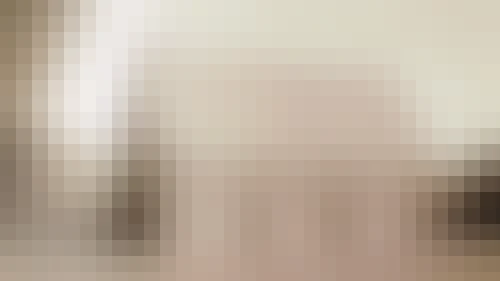
Originally the Wesleyan Methodist Church, the original building was built on this site in 1884.
The present building was built in 1967. A community garden is located at the rear of the church.
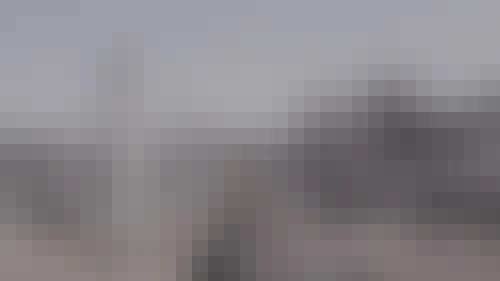

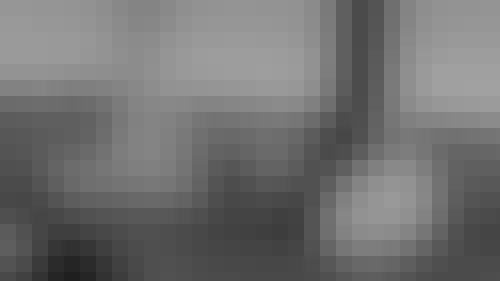
The oldest identified headstone at the cemetery dates back to 1883.
The Corowa lawn cemetery next door was opened in 1970.
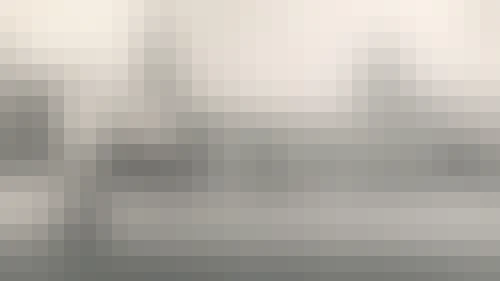
The original church was built on this site in 1878 with the existing Church built on the same site and opened in 1921 by Archbishop of Melbourne Dr Mannix.
On the grounds of the church you can see the old St Mary’s Church hall which was originally built in 1893 as the church school. Across the road from the church you can see what is now St Mary's Catholic School which was originally built as the St Mary's Convent in 1929.
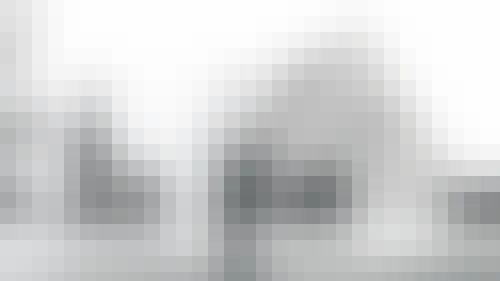
The first Anglican Church was built on this site in 1859, with the current Church built in stages between 1883 and 1911. Features include a large stained-glass window, donated by Elisabeth Hume, sister-in-law of the explorer Hamilton Hume, in memory of her and her son, Andrew.
Across the road from the church you can see the St John’s Anglican Hall built in 1929.
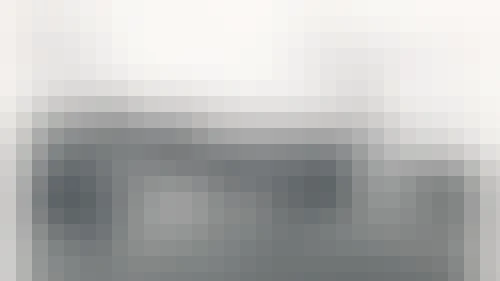
The shire council purchased the site in 1939 and in 1940 developed a 1000-yard runway. After the federal government took over operations in 1942, the RAAF enlarged the aerodrome but then vacated the site at the end of that year.
In 1944 it was used as a satellite training strip by Liberator bombers working out of Tocumwal.
Post-war, until 1963, commercial flights used Corowa Airport, however, it was then transferred back to an aerodrome.